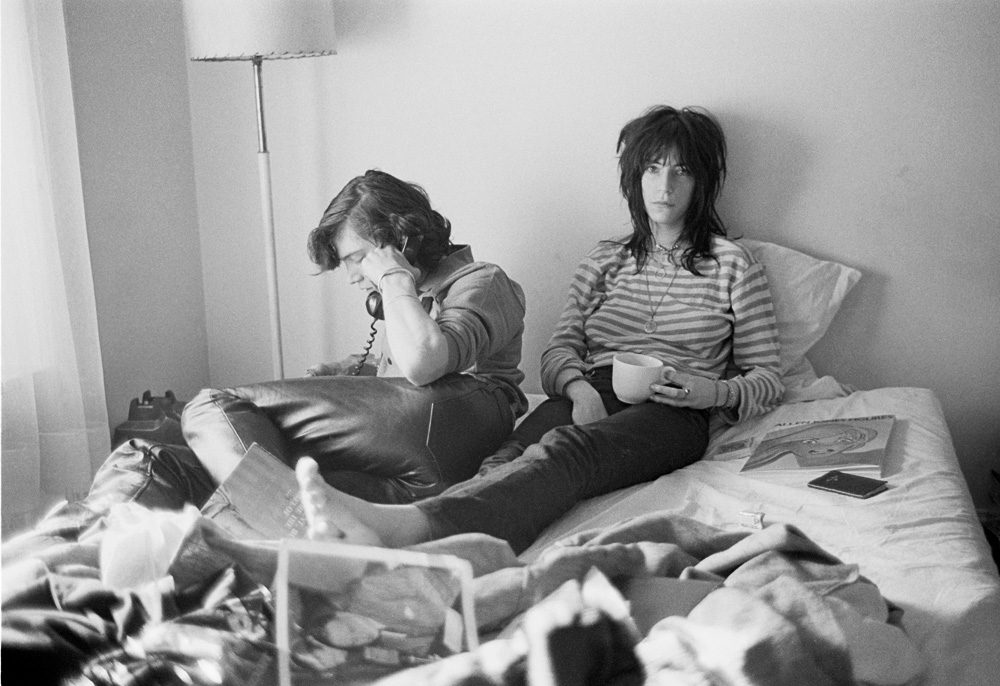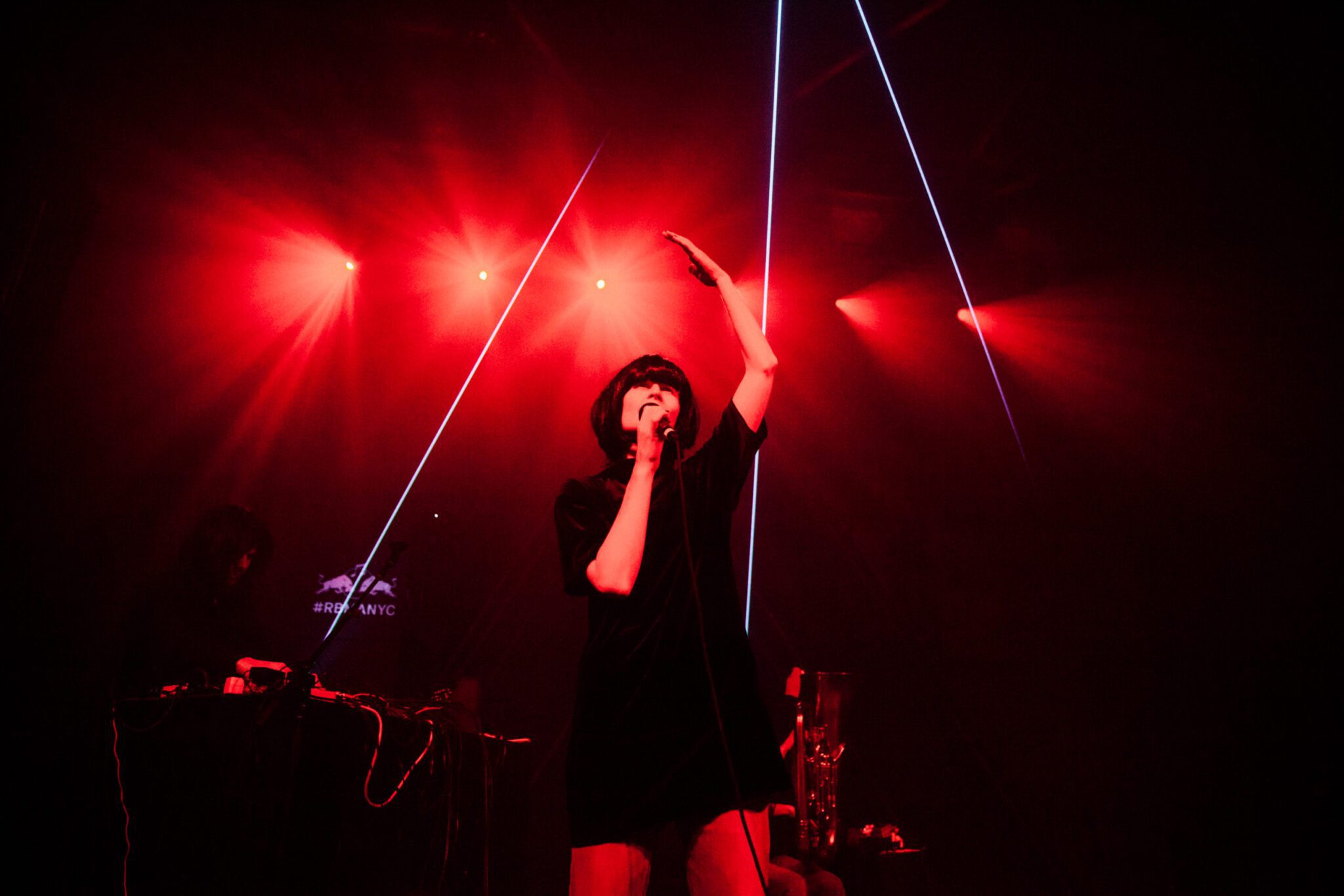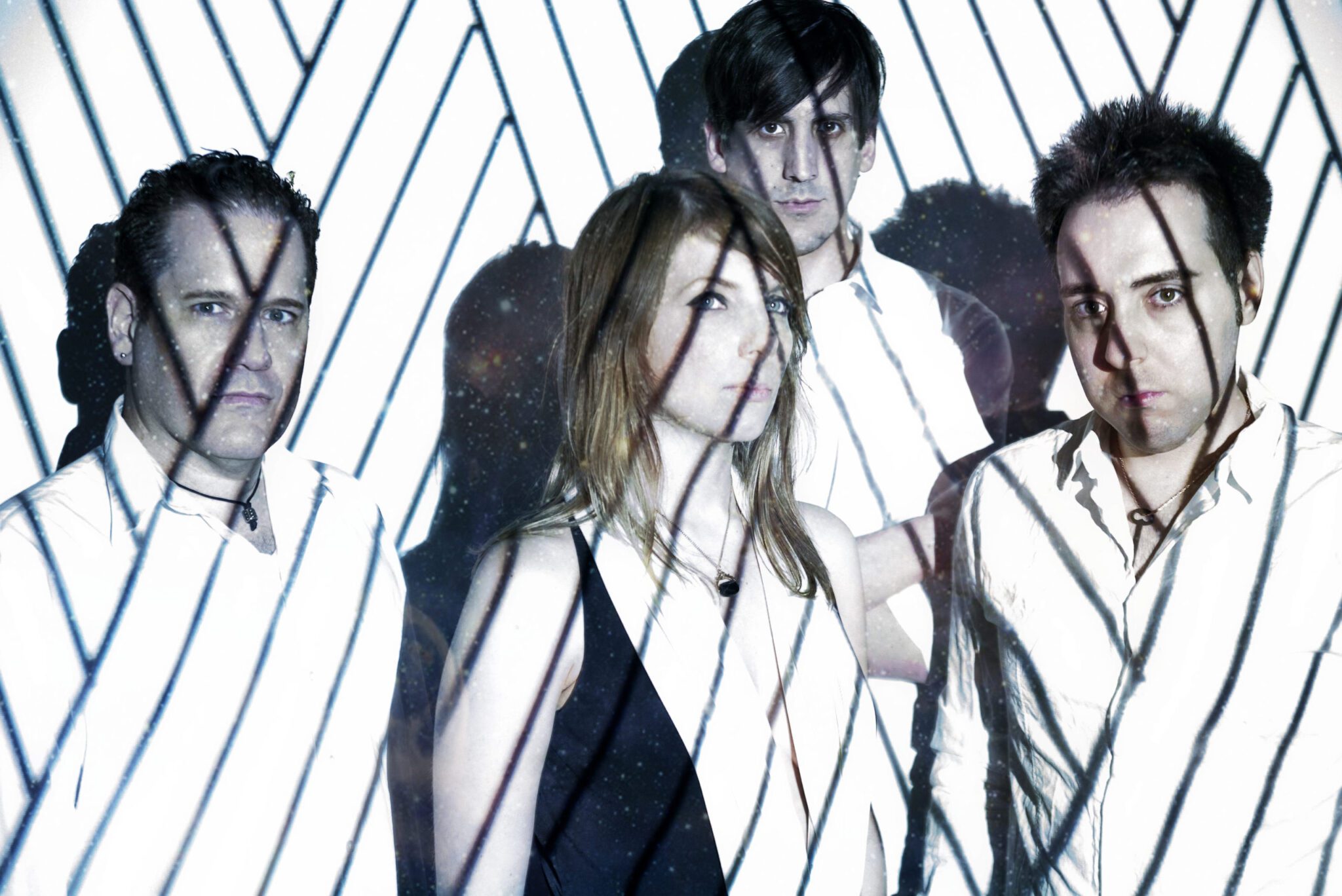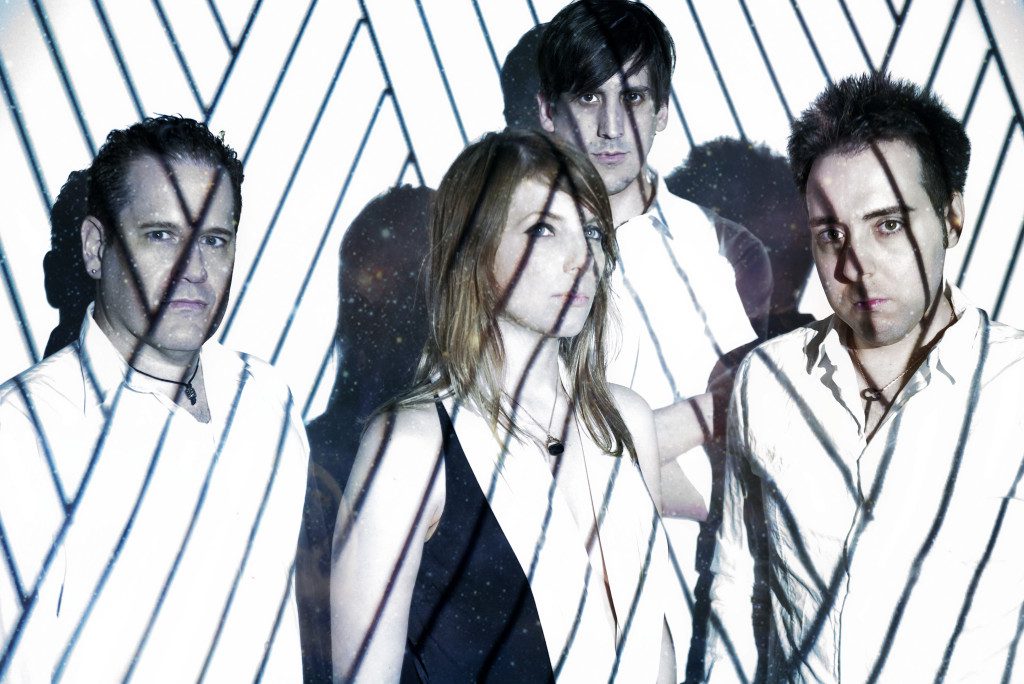
I’ve stopped counting the number of times “coffee” is mentioned in Patti Smith’s M Train. The short answer is: a lot; coffee is the lifeblood coursing through the entire book. Coffee is the daily elixir of Smith’s life, and she finds great poetry in every sip – from hand-selected, highland grown beans in Veracruz, to the charred offerings of Styrofoam deli cups – she wants “to write an aria to coffee.” Yet, quite surprisingly, the poet and songwriter never did. Smith’s connotations with coffee result from her caffeine-fueled memoirs and New York coffee shop patronage, and she is therefore one of the artists I most strongly associate with those bitter brown beans. I imagine that her version of heaven is an eternal corner table in her favorite café, where the brown bread and olive oil never run out and the coffee flows black and hot.
Considering today is National Coffee Day, I can’t help but think about the decades, even centuries long relationship between music and coffee. Who are the musicians who’ve paid homage to the drink named Joe? And which artists, like Smith, evoke coffee shop romanticism without needing to sing of a single sip?
Since Smith never wrote her aria di caffè, I can only speculate what coffee represents to her. In M Train it signifies ritual; each day of import is commenced with a description of her coffee and breakfast regimen, but not in an Instagram diary manner. Smith isn’t keeping a food journal for fitness purposes. Rather, it seems that every sip of coffee transports her back in time, where she can commune with her beloved Beat poets, and sit in Mohammed Mrabet’s fictional The Beach Café for a little while. Surely it must also evoke her greatest influence, Bob Dylan, and his early days at the Gaslight Café.
Coffee pairs with Bob Dylan just as well as cigarettes (a classic duo we’ll get to in a moment.) From his Greenwich Village coffee shop days and his caffeinated delivery on songs like “Subterranean Homesick Blues” and “Talkin’ New York,” to his 1975 ballad “One More Cup of Coffee,” Dylan and java go hand-in-hand. In fact, because of his proximity to the Beats, Dylan was one of the musicians who pioneered the image of a rock n’ roll poet holed up in a café, dousing themselves with free refills and stamping out smokes while scribbling lyrics. Smith merely conjured her idols, and eventually became one herself.
Like Patti Smith, Tom Waits never wrote a song with the word “coffee” in the title – but can you think of a musician more at home on the pleather booth seats of a 24-hour diner? Waits is seemingly made of coffee grounds, burger grease, and cigarette tar. The same year that Dylan released “One More Cup of Coffee,” Waits recorded his iconic live album Nighthawks at the Diner, a jazz-beat-opera to the greasy spoon lifestyle. The most caffeinated track on Nighthawks has to be “Eggs And Sausage (In A Cadillac With Susan Michelson),” which relays the deadbeat clientele and menu options of a roadside-dining joint. “…There’s a rendezvous/of strangers around the coffee urn tonight/all the gypsy hacks, the insomniacs…/eggs and sausage and a side of toast/coffee and a roll, has browns over easy…/it’s a graveyard charade, a late shift masquerade.”
If Bob Dylan and Patti Smith claimed cafés for the poets, Waits reclaimed them for their rightful patrons: nightshift gas station attendants, prostitutes, and aimless drunks. When bars are only open until 4am (2am if you are on the West Coast like Waits), where is one to go in the wee and in between hours? The diner of course, where coffee flows cheaply and liberally. That is the beauty of coffee shops and canteens: they offer refuge for those who don’t have an office or a studio, and can’t afford to wash themselves in fine wine or dine out on the regular. In the coffee shop, you can purchase a single item (a cup of coffee) and sit for hours on end working, reading, or simply sipping. And not too long ago, you could also smoke.
It’s no coincidence that Waits sings of “cold caffeine in a nicotine cloud” in “Eggs And Sausage.” The narcotic pair has been canonized in literature, music, and film for years. Jim Jarmusch’s 2003 flick Coffee and Cigarettes plumbs the eternal relationship between the two vices, and whom does he turn to for much of his cast? Musicians, naturally. Coffee and Cigarettes is comprised of eleven short scenes revolving around the titular pleasures. Three of these scenes involve famous musicians, the most memorable being Somewhere In California, featuring Iggy Pop and, you guessed it, Tom Waits.
The rock icons meet in a corner booth, sipping black coffee and making awkward conversation. Though Pop and Waits both quit smoking long ago, a mysterious pack of Marlboros sits on the table. The marriage of coffee and cigarettes (and coffee and rock n’ roll and cigarettes) is so undeniable, that the smokes have just magically appeared. After realizing that since they’ve already quit, they can now partake every once in a while, Waits and Pop light up and bask in nicotine. “Hey, cigarettes and coffee man…that’s a combination,” says Iggy. Waits nods in agreement. “You know, we’re really like the coffee-and-cigarettes generation, when you think about it,” he says. “Well I mean, in the ‘40s it was the pie-and-coffee generation…”
When Otis Redding recorded “Cigarettes and Coffee” for The Soul Album in 1966, the substances seemed to represent domestic bliss as well as stimulating conversation. “It’s early in the morning/About a quarter till three,” sings Redding, “I’m sittin’ here talkin’ with my baby/Over cigarettes and coffee, now.” Perhaps Redding’s positioning of coffee in rock n’ roll is the most honest – suggesting that its warmth and ceremonial nature recalls home.
Other than booze and blood, coffee has to be the most romantic liquid in the Western Song Book. Cowboys and rappers like it black (unless you’re the Beastie Boys, and must have your “sugar with coffee and cream.”) Blur has it with TV, Squeeze drinks it in bed, and Kate Bush wants it homeground. And in the 1970s, Patti Smith ventured to all the way to Mexico is search of the ideal brew. “It was February 14,” she recalls in M Train, “and I was about to give my heart to a perfect cup of coffee.”











